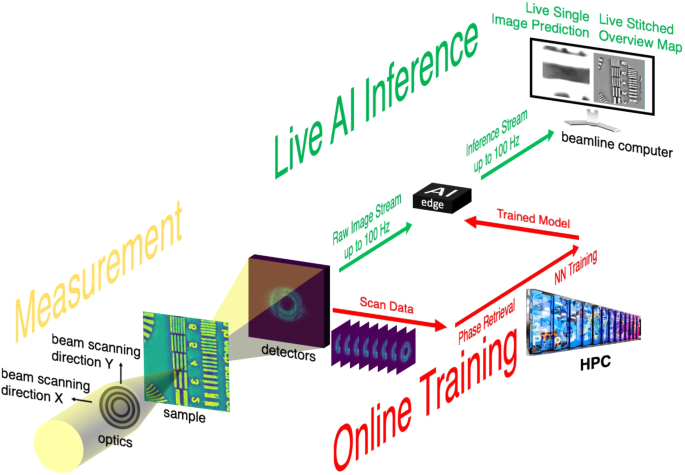2024-04-24 イリノイ大学アーバナ・シャンペーン校
<関連情報>
- https://aces.illinois.edu/news/sweet-potato-quality-analysis-enhanced-hyperspectral-imaging-and-ai
- https://www.sciencedirect.com/science/article/pii/S0168169924002461
ハイパースペクトル画像と説明可能な人工知能によるサツマイモの品質評価の進歩 Advancing sweetpotato quality assessment with hyperspectral imaging and explainable artificial intelligence
Toukir Ahmed, Nuwan K. Wijewardane, Yuzhen Lu, Daniela S. Jones, Michael Kudenov, Cranos Williams, Arthur Villordon, Mohammed Kamruzzaman
Computers and Electronics in Agriculture Available online:22 March 2024
DOI:https://doi.org/10.1016/j.compag.2024.108855

Highlights
•VNIR-HSI (400–1000 nm) was used to determine the DMC, SSC, and Firmness of sweetpotato.
•Important feature wavebands were selected using GA and CARS.
•SHAP value was used to explain the importance of the selected features.
•The spatial distribution of the quality attributes was visualized using prediction maps.
Abstract
The quality evaluation of sweetpotatoes is of utmost importance during postharvest handling as it significantly impacts consumer satisfaction, nutritional value, and market competitiveness. This study presents an innovative approach that integrates explainable artificial intelligence (AI) with hyperspectral imaging to enhance the assessment of three important quality attributes in sweetpotatoes, i.e., dry matter content, soluble solid content, and firmness. Sweetpotato samples of three different varieties, including “Bayou Belle”, “Murasaki”, and “Orleans”, were imaged using a portable visible near-infrared hyperspectral imaging (VNIR-HSI) camera, with a 400–1000 nm spectral range. The extracted spectral data were used to select key wavelengths, develop multivariate regression models, and utilize SHapley Additive exPlanations (SHAP) values to ascertain model effectiveness and interpretability. The regression models (dry matter: R2p = 0.92, RMSEP = 1.50 % and RPD = 5.58; soluble solid content: R2p = 0.66, RMSEP = 0.85obrix, and RPD = 1.72; firmness: R2p = 0.85; RMSEP = 1.66 N and RPD = 2.63) developed with key wavelengths were used to generate prediction maps to visualize the spatial distribution of response attributes, facilitating an improved evaluation of sweetpotato quality. The study demonstrated that the combination of HSI, variable selection, and explainable AI has the potential to enhance the quality assessment of sweetpotatoes, ensuring supplies of higher quality products to consumers.



